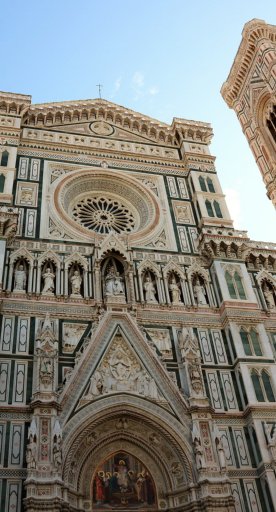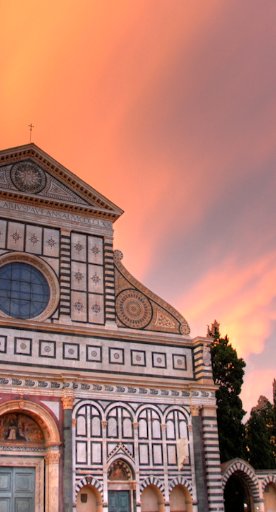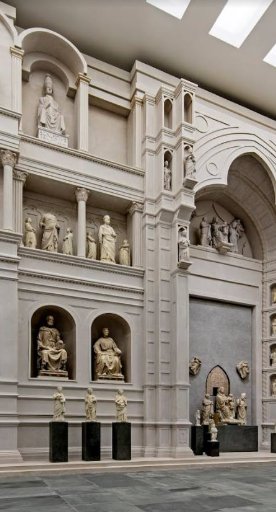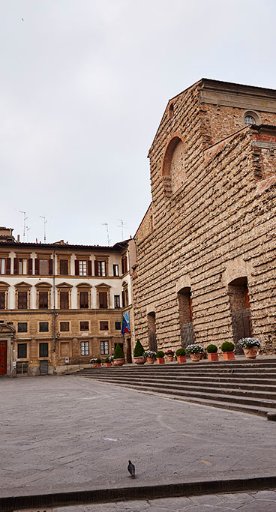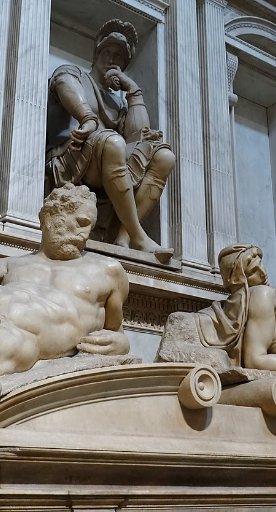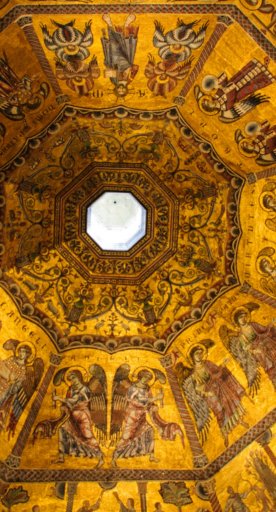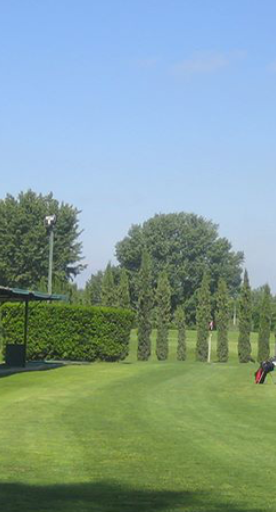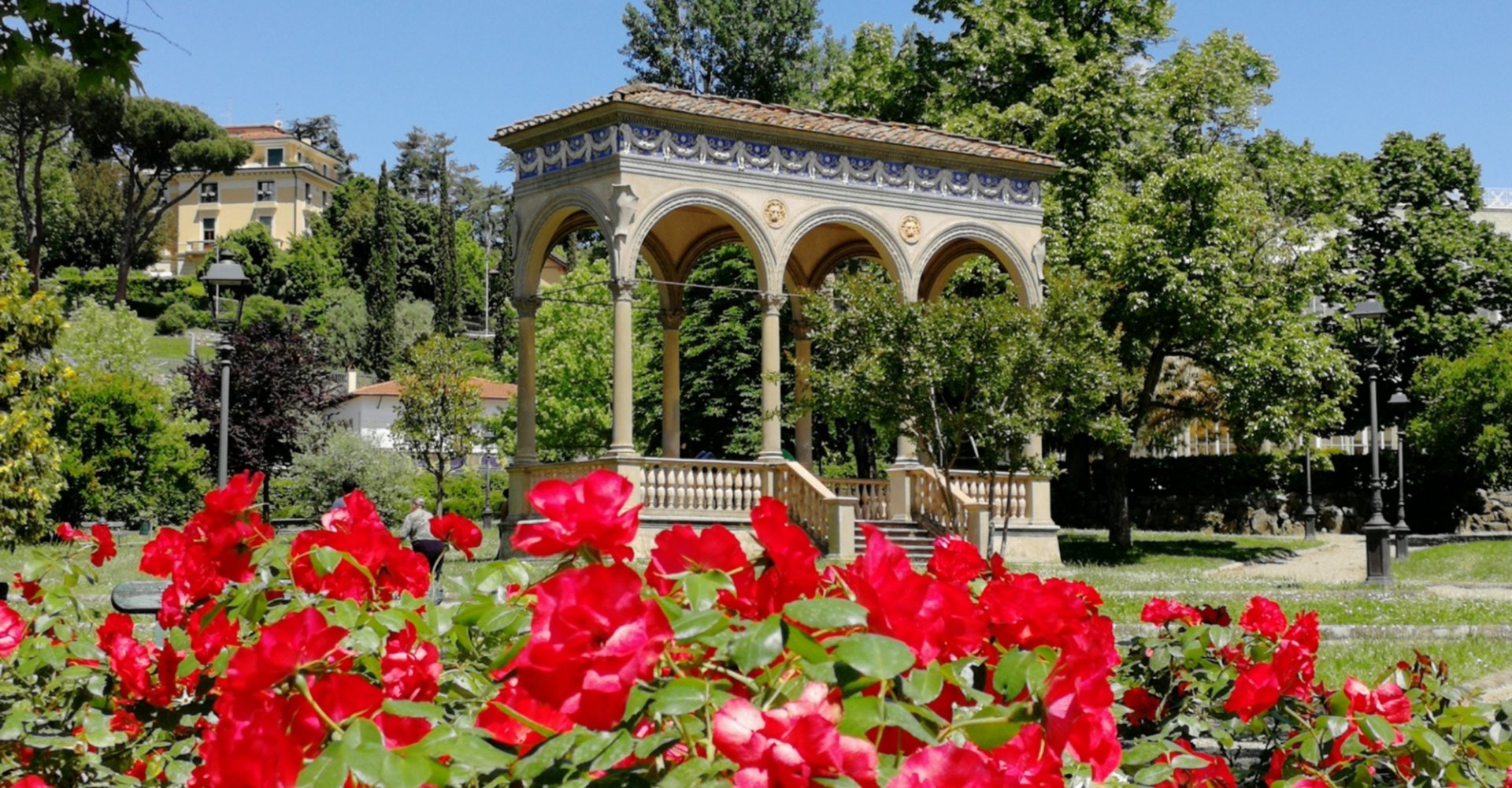
Horticulture Garden in Florence
A Florentine green space born as an experimental garden in the 1850s
The Garden of Horticulture in Florence, with entrance from via Bolognese, opened in the mid-nineteenth century, when the Tuscan Horticultural Society created an experimental garden in this land outside Porta San Gallo, creating a vineyard and an pomarium and planting species of rare plants.
In 1880, on the occasion of the first National Exhibition of the Italian Horticultural Federation, the garden was completed with the construction of a large tepidarium, the largest in Italy. This splendid greenhouse, designed by the architect Giacomo Roster, can still be admired today and is often used for exhibitions and events.

In 1887 the garden was enriched with a café and restaurant, as well as a second greenhouse, taken from Villa Demidoff in San Donato.
In 1911 the gardens were the site of another important event: the celebrations for the 50th anniversary of the unification of Italy. For the occasion, it underwent numerous changes, including the construction of the Loggetta Bondi.

Part of the garden is also the area that can be reached through a pedestrian passage, beyond the railway, named the garden of the Orti del Parnaso. This small green area is known for its peculiar dragon-shaped fountain, winding along the staircase, and for the beautiful panoramic view it offers over Florence.
Accessibility information: feelflorence.it


